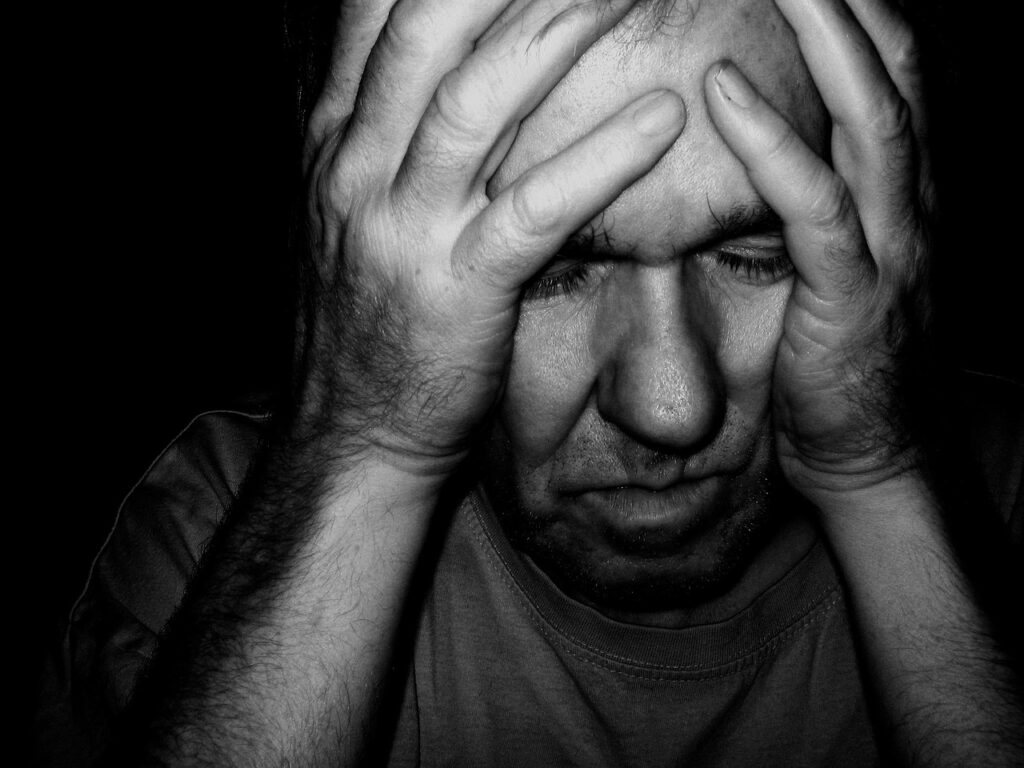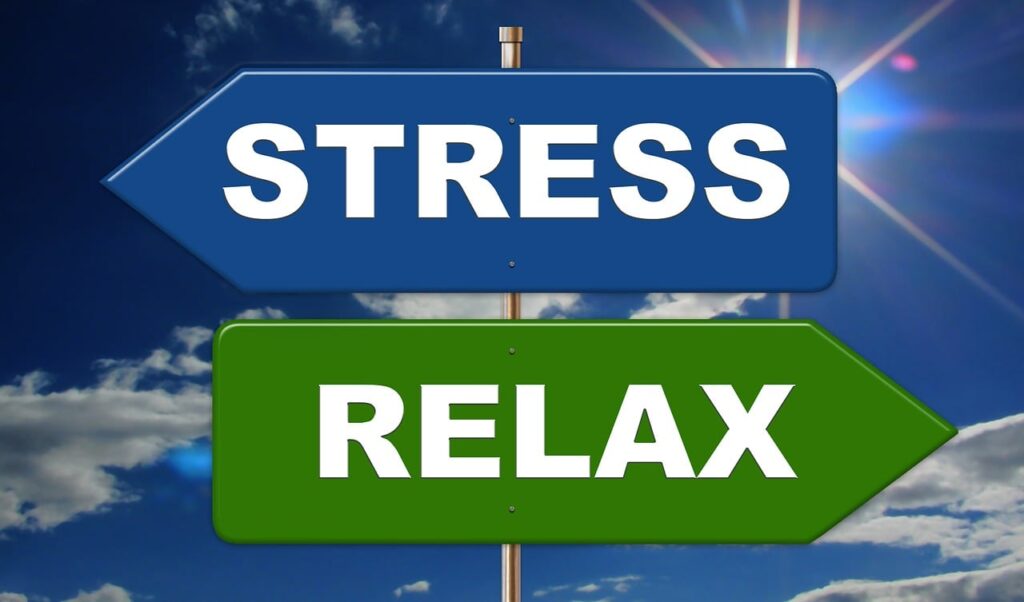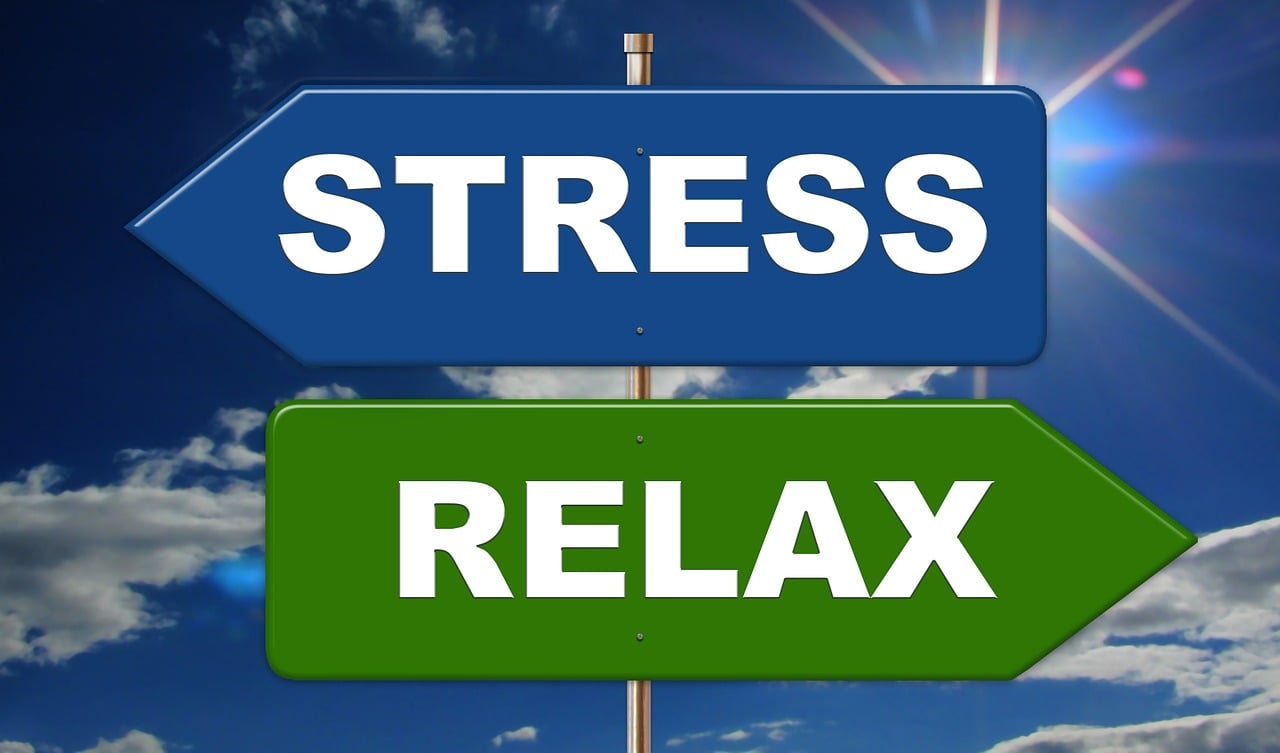In today’s digital-first world, screens are everywhere—at work, at home, and even in our pockets. While technology has made communication and information access easier, the constant exposure to screens is silently taking a toll on our mental health. One of the most overlooked consequences is mental fatigue, a condition that can lead to eye strain, headaches, burnout, and a feeling of exhaustion even after doing minimal meaningful work.
In this blog, we’ll explore how excessive screen time contributes to mental fatigue, back it up with data, and offer tips to protect your well-being.

What is Mental Fatigue?
Mental fatigue is a state of cognitive exhaustion that occurs when your brain has been overworked, especially without breaks or meaningful rest. Unlike physical tiredness, which may go away with sleep, mental fatigue can persist even after rest if the root cause—overstimulation and lack of focus—is not addressed.
Many people report feeling mentally tired despite not engaging in deep, focused tasks. This paradox is often tied to how digital devices affect our attention spans and overstimulate our brains with constant notifications and multitasking.
How Screens Contribute to Mental Fatigue
1. Eye Strain (Digital Eye Syndrome)
A study by the American Optometric Association reports that over 60% of adults experience symptoms of digital eye strain, including blurred vision, dry eyes, and headaches. This condition, also known as Computer Vision Syndrome (CVS), is a major contributor to mental fatigue.
We blink 66% less when staring at screens. Less blinking leads to dry eyes, which causes discomfort, and over time, this discomfort adds up to cognitive tiredness.
Also Read : How Technology is Fueling Procrastination: 5 Ways to Take Control Today
2. Reduced Deep Work
According to Cal Newport, author of Deep Work, constant digital interruptions—from social media, emails, or news alerts—are killing our ability to do meaningful work. Instead, we skim through content, reply to quick messages, and jump between tabs. This “shallow work” keeps the brain active but unproductive, leading to a sense of burnout without achieving anything substantial.
3. Cognitive Overload
When we process too much information from screens (text, video, sounds, pop-ups), our working memory becomes overloaded. A 2021 study published in Nature found that information overload causes reduced cognitive performance, lower problem-solving ability, and quicker mental exhaustion.
What the Research Says
- A 2020 study by WHO found that people who use screens for more than 6 hours a day are 60% more likely to report symptoms of mental fatigue and burnout.
- The Harvard Medical School revealed that excessive screen time is linked with disrupted circadian rhythms, especially due to blue light exposure, which affects the brain’s rest cycle and leads to mental exhaustion during the day.
- Microsoft’s Human Factors Lab showed that participants’ brainwave patterns revealed signs of stress and fatigue after just four consecutive video meetings, without breaks.

Also read : Sleep Disruption due to screen time: How Excessive Screen Time is Destroying Your Rest and Productivity
Signs You’re Mentally Fatigued Due to Screens
- Feeling drained even after doing light tasks
- Irritability and lack of patience
- Difficulty focusing for long periods
- Eye discomfort or frequent headaches
- Poor sleep quality after screen exposure at night
If you’re experiencing these symptoms regularly, it’s likely not just physical tiredness—you’re suffering from digital-induced mental fatigue.
How to Reduce Mental Fatigue from Screen Time
Here are actionable tips to protect your mental health:
1. Follow the 20-20-20 Rule
Every 20 minutes, look at something 20 feet away for 20 seconds. This relaxes eye muscles and reduces strain.
2. Use Blue Light Filters
Install apps like f.lux or use “Night Mode” on your devices to reduce blue light exposure, especially after sunset.
3. Take Intentional Digital Breaks
Try “Screen-Free Hours” during the day—especially before bed. Replace screen time with offline activities like walking, journaling, or reading a physical book.
4. Practice Deep Work
Schedule focused, uninterrupted work sessions using techniques like the Pomodoro Technique (25 minutes work, 5 minutes break). This improves productivity and reduces digital fatigue.
5. Use Apps That Promote Focus
Apps like Forest, Focus To-Do, or RescueTime help limit distractions and track screen usage, promoting mindful digital habits.

The Path to Mental Clarity Starts with Awareness
We live in a world that demands our attention 24/7, but our brains were never built for that level of constant stimulation. Mental fatigue is not just a personal issue—it’s a public health concern. Schools, workplaces, and content creators must acknowledge that quality breaks, digital discipline, and focused engagement are essential for mental well-being.
By recognizing the signs early and adopting smart screen habits, you can reclaim your mental energy, boost productivity, and improve your overall quality of life.
Final Thoughts
Mental fatigue doesn’t mean you’re lazy or incapable—it often means you’re overstimulated by a digital world that doesn’t give you time to breathe. The solution isn’t to eliminate screens, but to use them mindfully.
Let your screens work for you, not against your brain.

